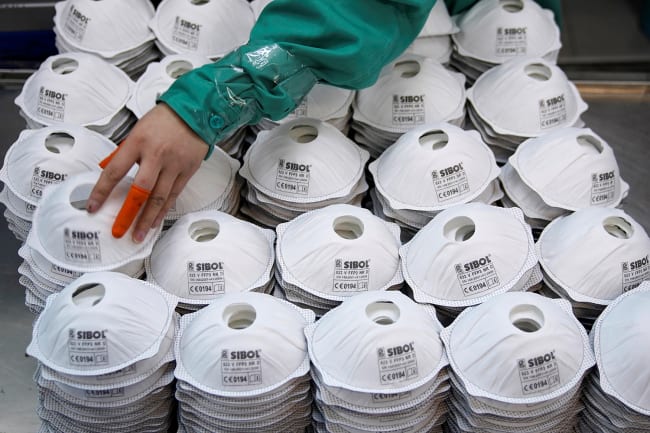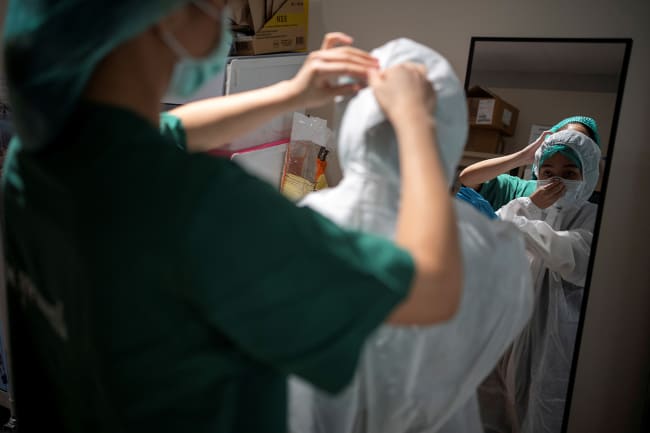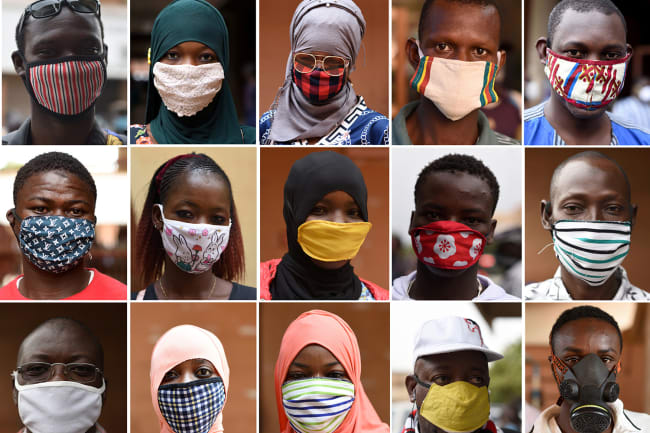One of the most important questions the global health community should consider in light of the ongoing COVID-19 pandemic is how the private sector has impacted the public health response to the virus. The first documented case of COVID-19 emerged in Wuhan, China and was reported to the World Health Organization (WHO) in December 2019. The outbreak was initially associated with a live animal market, and given that the SARS-CoV-2 virus, which causes COVID-19, likely has its origins in bats, animal-to human-transmission was suspected. Person-to-person transmission was later confirmed as cases continued to spread throughout China and around the world among individuals who did not visit the market where the outbreak began. The WHO declared the outbreak of COVID-19 a public health emergency on January 30, 2020 and declared it a pandemic on March 11. As of June 15th, there are more than 7.6 million cases and 427,000 deaths globally.
We propose that using the framework of commercial determinants of health will also be useful for the global health community—as well as policy makers
During the unfolding pandemic, many public health researchers and practitioners have appropriately focused their efforts on developing and utilizing policy or infectious disease frameworks like preparedness or disaster management to guide health efforts. However, we propose that using the framework of commercial determinants of health will also be useful for the global health community—as well as policy makers—in exploring barriers and solutions within the private sector to reduce of the spread of COVID-19. Commercial determinants are defined as "strategies and approaches used by the private sector to promote products and choices that are detrimental to health." As such they are often thought of as promoting unhealthy commodities. Private industries often use tactics such as marketing, supply chains, lobbying, and corporate citizenship in order to promote the consumption of unhealthy commodities or participation in practices that are harmful to health. An example of this is the aggressive advertising of sodas, sports drinks, and even alcohol during sports broadcasts and on the billboards and pervasive branding at sports venues and events. Those ads link fitness with the unhealthy consumption of high-calorie sugary drinks or alcohol.

We hope to expand on the definition above so that commercial determinants of health can include anything that comes from private sector corporations that has the opportunity to impact health, both positively and negatively, so as to include determinants that have emerged based on industry responses to acute health threats such as the COVID-19 pandemic that help to save lives.
Many industries have been struggling to meet that demand, as is evident by shortages in many parts of the world
Furthermore, we recognize the impact the United States government has had on the ability of the private sector to meet the needs of society during the pandemic. In national emergencies, the government plays an essential role by stepping in to coordinate efforts, including aiding the private sector, setting regulations on what can and cannot be done, and enforcing those regulations. In the case of the United States, the burden of acquiring essential equipment, including test kits, ventilators, and personal protective equipment (PPE)—all of which are discussed below—has been placed on the states themselves. The federal government did not do a great job facilitating coordination between hospitals, which placed the majority of the burden of COVID-19 on public hospitals, leaving private hospitals the freedom to continue focusing on more lucrative or elective procedures. Due to the market-based nature of the U.S. health care system, the lack of incentive to stockpile supplies, and the lack of coordination between hospitals, the United States healthcare system found itself unprepared with little government assistance, further increasing the burden on the private sector during the COVID-19 pandemic.
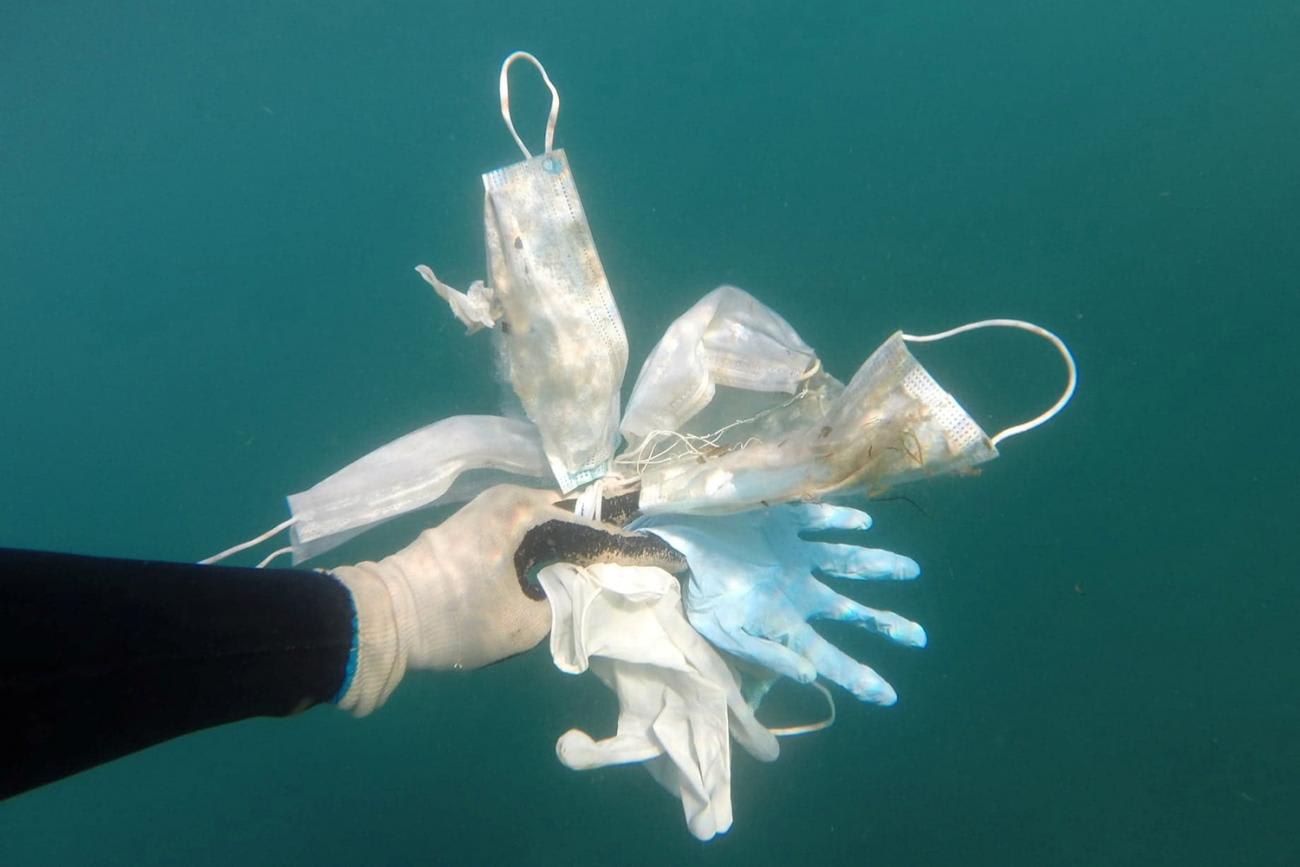
As the private sector has been faced with an increasing demand for products such as test kits, masks, ventilators, or sanitizers, many industries have been struggling to meet that demand, as is evident by shortages in many parts of the world. This failure raises the question of whether the private sector even has the leverage or capacity to meet the demands created by COVID-19 or any similar future pandemics or public health emergencies.
Therefore, we hope to use the commercial determinants of health framework to both identify parts of the private sector that can facilitate and prevent the spread of COVID-19, as well as areas in which the private sector has the opportunity to reduce the disease's impact on populations and its burden on health care systems worldwide. We have identified three areas of the COVID-19 pandemic in which the private sector can have a large influence in preventing transmission and treatment.
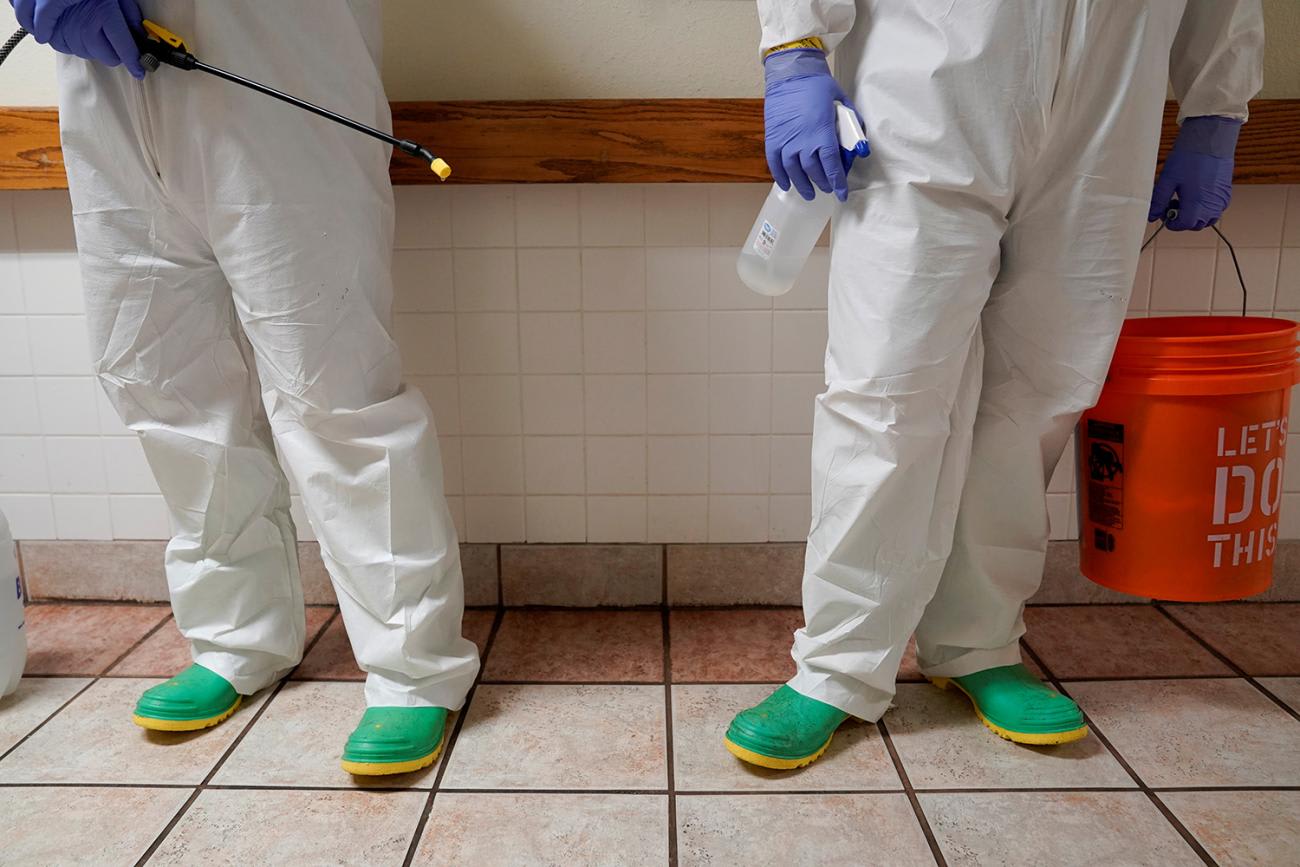
Preventing the Spread of COVID-19
The private sector has played an inadvertent role in this outbreak in terms of enhancing progression of the pandemic—first, with respect to the supply and demand of sanitizers.
An opportunity for the private sector to increase production to meet demand caused by the pandemic
The scarcity of sanitizers for disinfecting surfaces and preventing the spread of COVID-19 and a severe shortage of other supplies available to the public has unfortunately caused further spread, especially in populations that lack access to clean water and rely on sanitizers for cleaning and disinfecting. Corporations have not had the capacity to keep up with the current demand, fueling further progression of the pandemic. This may seem like a failure, but it is really an opportunity for the private sector to increase production to meet demand caused by the pandemic. While many corporations lack this capacity, there are many others that have the capacity but not the incentive to either increase their production capacity or re-focus their activities to producing sanitizers or vital protective products as facemasks.
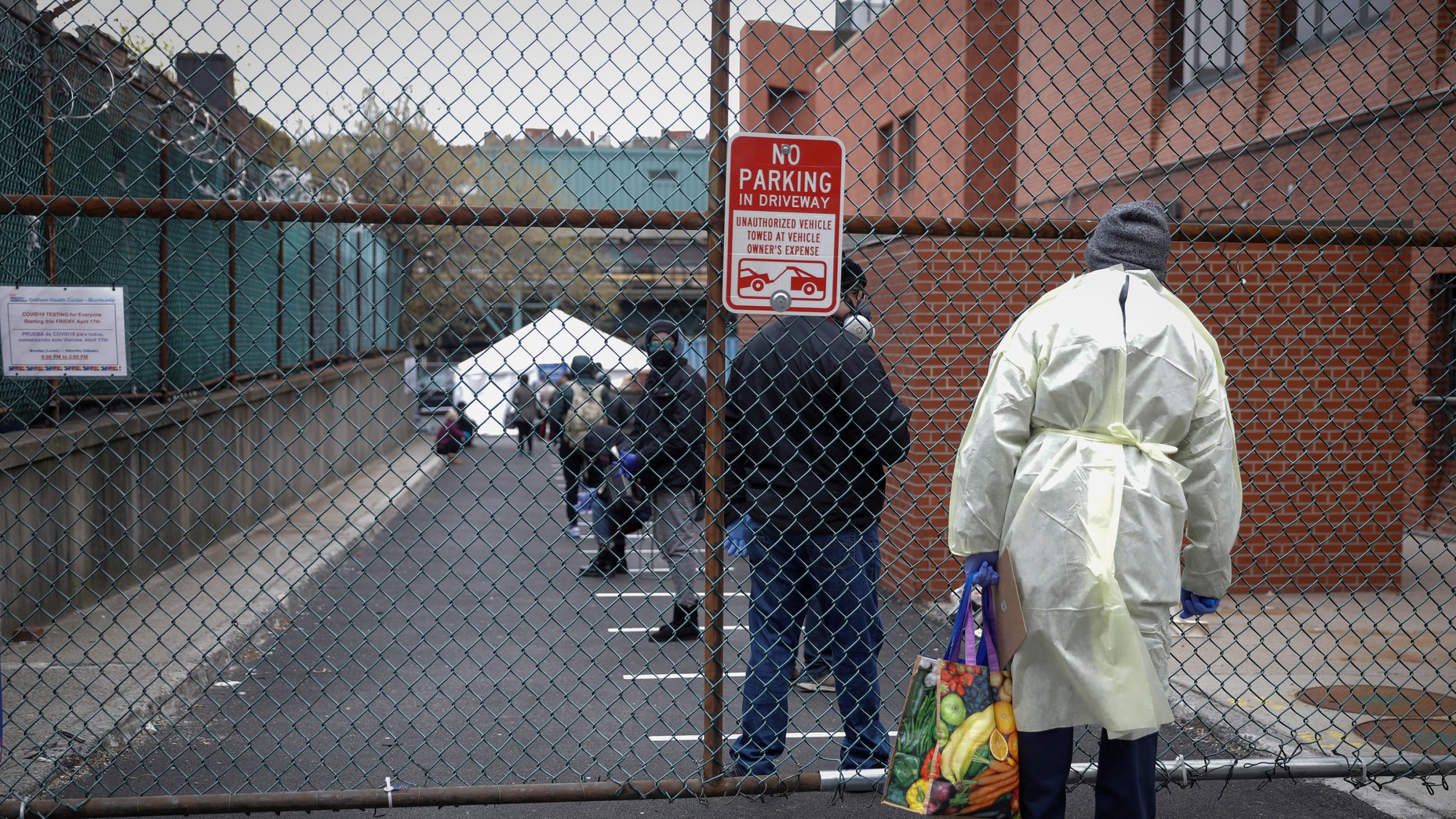
Similarly, COVID-19 test kits are in short supply, limiting the number of tests conducted to only the most severe cases with clear symptoms. While the U.S. Food and Drug Administration (FDA) has been providing increasing flexibility to manufacturers while maintaining quality and accuracy, there are still struggles to incentivize such corporations to take on the production of test kits. Due to these shortages, the United States has experienced what the media is calling "the lost month." In a time that was critical to preventing the spread of the COVID-19 pandemic, the private sector lacked the technology to develop testing that is highly sensitive and provides rapid and effective results in order to identify COVID-19 cases in a timely manner.
Due to these shortages, the United States has experienced what the media is calling 'the lost month'
The corporate sector also influences the ability of health care providers to handle COVID-19 patients. Particularly in the United States, as the existing health infrastructure struggles to handle the increasing number of COVID-19 cases, PPE for providers is in short supply. The FDA has recommended conservation strategies such as reusing single use gowns and masks, and not changing gowns or masks in between working with patients with the same infectious disease diagnosis. This is contentious not just for the protection of patients and providers but for preventing the transmission of the disease within health care facilities. In the event that PPE supplies do run out, the U.S. Centers for Disease Control and Prevention (CDC) has provided recommendations for clothing that has specific fluid barrier properties. It is important that corporations are able to keep up with demand of urgent medical supplies—and in the future, it will be imperative that the global health community predicts such shortages while the corporate sector better prepares for the influx of patients seen in a pandemic. Without the capacity to provide effective PPE to health care providers, it becomes increasingly difficult to prevent the spread of COVID-19.

Struggling to Treat COVID-19 Patients
Providers are also struggling to treat patients as ventilators for those in critical condition are in short supply. The CDC predicted that the estimated 60,000–70,000 ventilators in the United States may not be enough to support everyone who needs them.
There are no laws requiring medical device manufacturers to notify the FDA if they are experiencing shortages or supply chain interruptions
Unfortunately, according to the FDA, there are no laws requiring medical device manufacturers to notify the FDA if they are experiencing shortages or possible interruptions to their supply chain. This means that the private sector will determine the supply of critical medical equipment, which can mean the difference between life and death. The FDA has proposed measures to mitigate some of the negative effects healthcare may experience due to the supply chains of the corporate sector, including lengthening drug expiration dates, requiring risk management plans, improving data sharing of supply chain information, and establishing reporting requirements. However, until such regulations are approved, it will remain the responsibility of the corporate sector to maintain the production of critical medical supplies throughout the duration of a pandemic (the only exception being the Defense Production Act orders by the president).
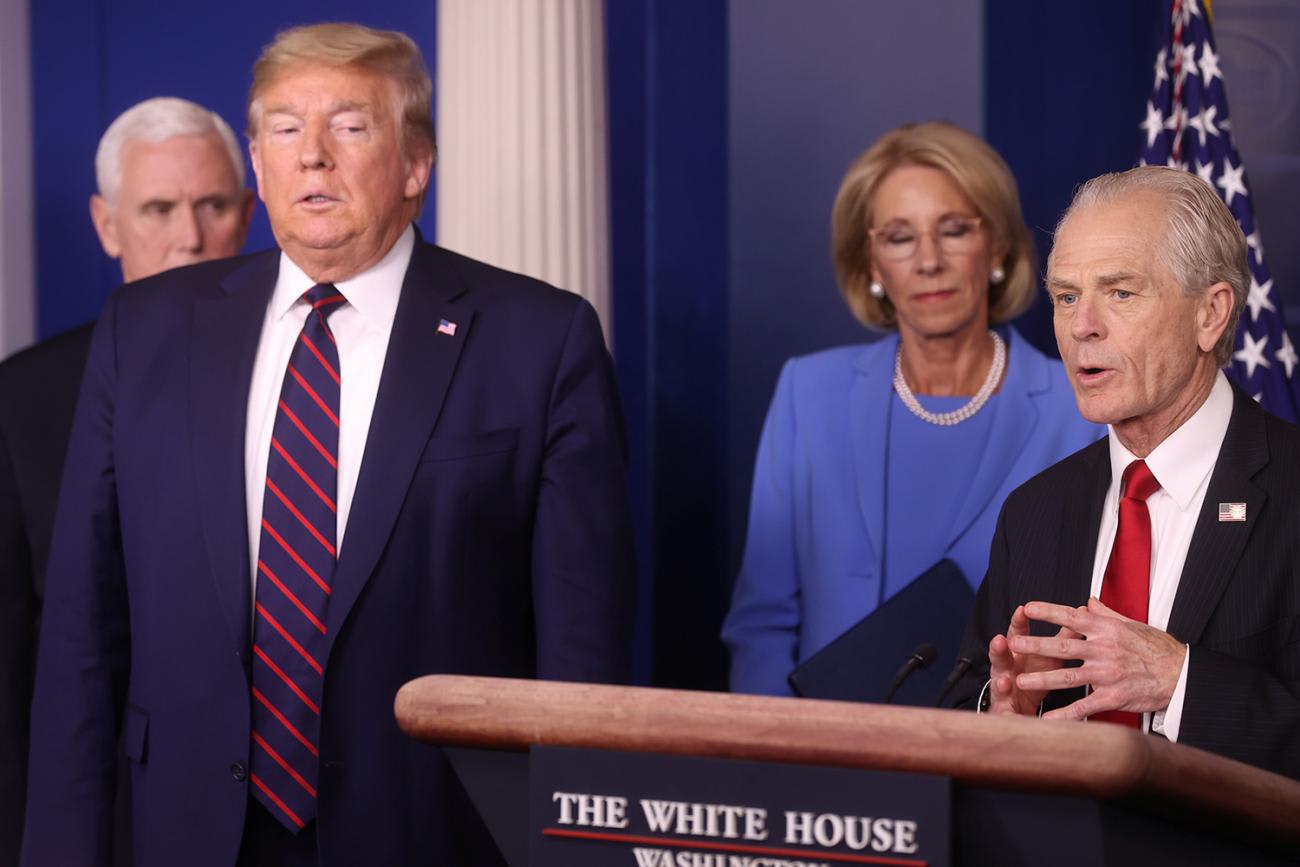
Exploring Influences on the Transmission of COVID-19
The corporate sector has perhaps the greatest ability to reduce COVID-19 transmission in air travel, public transportation, restaurants or businesses, and more. Christopher Dye, an epidemiologist at Oxford, noted that "suspending public transport, closing entertainment venues, and banning public gatherings were the most effective mitigation interventions in China."
In these difficult times, corporations have been tested in unprecedented ways
While shutting down non-essential businesses and encouraging individuals not to travel are some of the effective ways to enforce social distancing and slow the spread of the virus, this has serious financial implications for many commercial interests. Such industries face a financial and moral choice—to stay open, serve the public, and encourage their use despite the possible negative health consequences, or to shut down and help slow the spread of COVID-19. In these difficult times, corporations have been tested in unprecedented ways. How they treat and protect their employees (for example, providing paid sick leave, free protective equipment, or adjusting working conditions) is another important factor in fighting the transmission of the disease, especially for corporations that employ hundreds of thousands of people.

Unfortunately, in the United States many of these companies facilitated further transmission of the virus. Restaurants remained open for sit-in meals despite CDC social distancing guidelines and cruise ships and other tourism companies continued ferrying travelers to destination vacation spots even when the world was well aware of the rapid spread of COVID-19. In one of the most highly publicized examples, a company called JusCollege, which organizes spring break trips for university students, continued to charter flights to Mexico, even encouraging students not to cancel their plans, not offering refunds, and stating that COVID-19 posed no risk to travelers.
It is imperative that the global health community and policymakers consider commercial determinants of health when responding to COVID-19
As seen across the world, such commercial determinants of health were critical in the spread and then control of COVID-19 and will need to be studied post-pandemic for their efficiency and level of control. It is imperative that the global health community and policymakers consider commercial determinants of health when responding to the COVID-19 pandemic. This will help understand and potentially minimize risk to the public, support the production of key supplies, and ensure that individuals who need treatment have access to it. The table below summarizes all the aforementioned private sector players, how they are facilitating the prevention, transmission, and treatment of COVID-19, and what the desired response is from the private industry to aid the medical and public health fields during the pandemic.
Commercial Determinants of Health, As Seen in COVID-19
Ways in which different private sector players affect the prevention, transmission, and treatment
While the field of public health has made great strides thus far in focusing research and resources on traditional methods of transmission of COVID-19, more still needs to be done to address commercial determinants of health.
A need to ensure the private sector is part of emergency preparedness
The first refuge in any unfolding crisis with any future emerging infection should be to the ways business as usual could cause harm and mitigate those threats—the second, how to go about rethinking the role of the private sector in order to instead support the health of the population. By working to identify such determinants, confronting the industry when needed, and working with the private sector to promote production of essential medical supplies, policy makers have a great opportunity to impact the future course of COVID-19 as well as other diseases. In order to ensure that private sector responses are appropriate and timely, there is need to ensure that the private sector is part of public health emergency preparedness plans.

